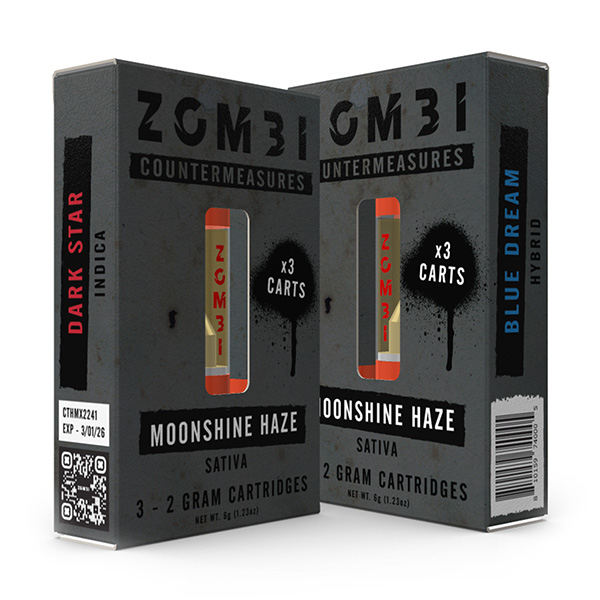 Savings. Shopping.
Savings. Shopping.Get Checkmate
<p>Original Item: Only One available. These are now very unusual to encounter especially those ANTIQUE ones, as this one is made prior to 1899. In 1886 the French reduced the Cartridge size the 8mm Lebel from the 1874 Gras size of 11.59mm much like the British changing from .450 cal to .303 caliber and the Germans from 11mm of the Mauser M-71 to the Gew 88 of 7.92mm. The first rifle to use this cartridge was the Lebel Model 1886 rifle.</p> <p>The Lebel, a revolutionary concept at the time of its introduction because of its smokeless high-velocity, small-caliber cartridge, unfortunately still used a tube-fed magazine and other details carried over from black-powder designs. This, along with magazine feeding and loading issues, made it completely unsuitable for use on horseback, so a replacement was needed, and fast.</p> <p>The Berthier Carbine was introduced as this much needed Cavalry replacement for the Lebel. The Berthier design began as the "Mousquetons Berthier" - a series of bolt-action cavalry and artillery carbines with distinctly different actions from the Mle 1886/M93 8mm Lebel rifle. For instance, the Berthier carbine's bolt lugs lock vertically into the receiver instead of horizontally as in the Lebel rifle. Berthier carbines were first issued in 1890 and 1892, and had been designed by Emile Berthier, an engineer at the French Algerian Railways,to be used with standard 8mm Lebel ammunition.<br><br>The Berthier design was introduced as a replacement for the various aging Mle 1874 Gras single-shot carbines - still standard for French cavalry, artillery, and gendarme forces even after the introduction of the Mle 1886/M93 Lebel. Prior experiments with several carbine versions of the Lebel action proved unacceptably heavy and slow to load while on horseback. While retaining most of the action's strong points, the Berthier carbine improved on the earlier Mle 1886 rifle by using a one-piece stock and a Mannlicher-style, charger-loaded en bloc 3 shot clip. These Berthier carbines were progressively allocated to all cavalry, artillery and gendarmerie troops during the 1890s.<br><br>Berthier's design for the original carbine was adopted in 1890 as the Mle 1890, utilizing a 3-round en-bloc clip. The small 3-shot magazine capacity was adopted after field testing, where the cavalry expressed a preference for a non-protruding magazine that did not interfere with the balance or handling of the rifle. The first Berthier carbine came into production as the "Carabine de Cavalerie Modèle 1890", which was officially adopted for service on March 14, 1890. The main production facilities were the Manufacture d'Armes de St Etienne or MAS and the Manufacture d'Armes de Chatellerault or MAC.</p> <p>The search for a suitable small arm for mounted troops was given greater urgency by the Germans' development of the Karabiner Modell 1888, a carbine variant of the Gewehr 1888. It was issued to essentially all French artillery and cavalry troops. As the high Command appreciated the performance of the Mle 1890 Berthier carbine, a second version was specifically produced for artillery service, the " Mousqueton Mle 1892" which could mount a short blade bayonet and thus had a re-designed forend stock. However it continued to feature the 3-round En-bloc clip of the Model 1890 carbine.</p> <p>This is a fine example of the Mle 1982 "Musketoon" artillery carbine, with an very nice condition bore. It has clear lands and grooves, with a mostly bright finish. The receiver is marked<span> </span><strong><i>St. Etiénne MLE1892</i></strong>, indicating manufacture at the Government Arsenal at Saint-Étienne. From this time forward the arsenal began to be known by the abbreviation MAS, for <strong>M</strong>anufacture de <strong>A</strong>rmes <strong>S</strong>t. Etienne<strong>.</strong><span> </span>The rifle has an issue date stamped into the barrel of<strong> MA S 1894</strong>. It comes with all original steel mounts and correct brass-tipped cleaning rod. Most fittings bear the correct government proof marks, though some are worn. Overall metal finish is a nice worn gray, typical for a rifle that had a long service life.</p> <p>The serial number marked on the side of the chamber is <strong>C 36856</strong>, which matches the number on the stock, bolt body, bolt head, and magazine floor plate/trigger guard. This rifle does not appear to have had any parts replaced, as far as we can tell. There are some markings added with an electric pen, such as <strong>8MM</strong> next to the date, and a name on the magazine floor plate. It also still retains the large "saddle ring" a holdover from the cavalry model, and used to secure the weapon, sometimes with a sling, as the carbine still had a butt stock swivel.</p> <p>The stock is in good condition, though it does appear to have been sanded and refinished. There are also some gouges on the front right forestock, and overall it has seen a lot of use. It has traces of the usual round cartouche on the right side of the butt stock, however it is very faint, so it is not legible at all. Great color and an excellent finish overall.</p> <p>Mechanically, the rifle functions perfectly, and is fully cleaned and ready to display.</p> <p><strong>Specifications-</strong></p> <p>Year of Manufacture: 1894<br>Caliber: 8×50mmR Lebel<br><span>Cartridge Type: Centerfire Cartridge<br>Barrel Length: 17.83 Inches</span><br>Overall Length: 37.20 inches<br>Action type: Bolt-Action<br>Feed System: 3 round En-Bloc clip fed Magazine</p> <p>Note: This gun is NOT considered obsolete calibre, so we are no able to ship to the United Kingdom. Please note that for international shipping, these MUST be shipped using UPS WW Services.</p>
Save on Original French Mousqueton Mle 1892 Berthier Artillery Carbine made at St. Étienne - dated 1894 with a Military Collectibles promo code
Checkmate is a savings app with over one million users that have saved $$$ on brands like Military Collectibles.
The Checkmate extension automatically applies Military Collectibles discount codes, Military Collectibles coupons and more to give you discounts on products like Original French Mousqueton Mle 1892 Berthier Artillery Carbine made at St. Étienne - dated 1894.
Checkmate users have also been loving these products from Military Collectibles.
Users have been saving products like this to their collections.

















